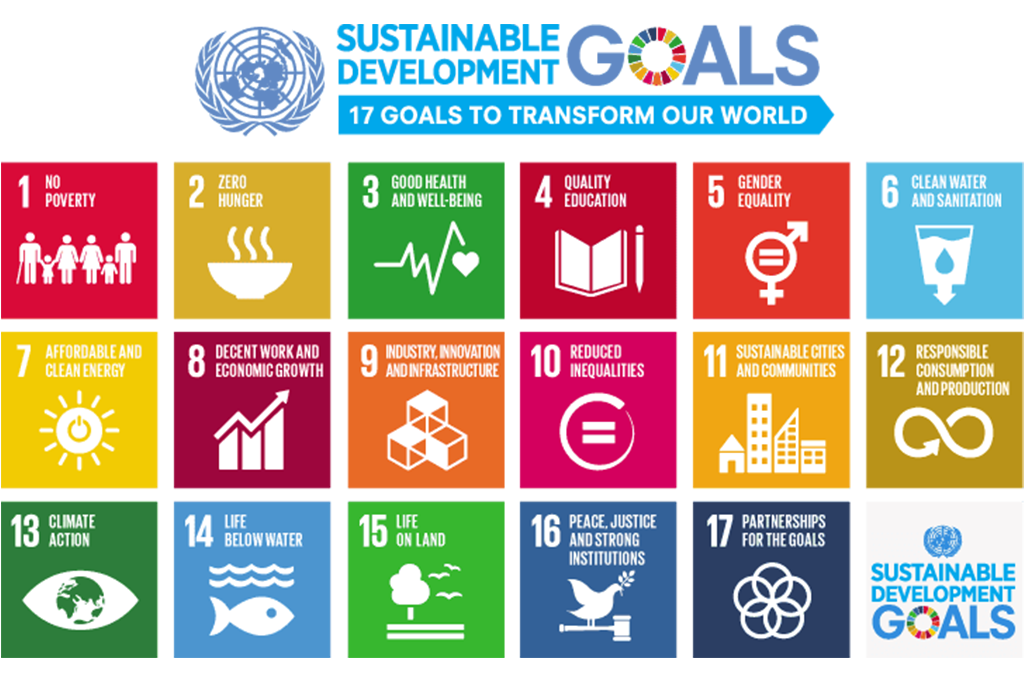The concept of a circular water economy—where water is reused and recycled within a closed-loop system—presents a sustainable approach to managing urban water resources. As urbanization intensifies and water scarcity escalates, integrating reuse and recycling practices in urban planning can reduce the demand for freshwater, enhance resilience, and promote environmental sustainability.
Principles of a Circular Water Economy
A circular water economy emphasizes the continuous reuse of water within cities, treating wastewater as a resource rather than a waste product. The approach includes capturing, treating, and reusing wastewater for purposes such as irrigation, industrial processes, and even potable use. By focusing on water’s journey through multiple cycles, cities can reduce withdrawals from natural sources, decrease pollution, and conserve ecosystems.
Urban Applications of Water Reuse and Recycling
Cities worldwide are adopting water reuse systems to address growing demand. In Singapore, the NEWater program treats wastewater to potable standards, providing a reliable water source that currently meets up to 40% of the nation’s water needs (Tortajada & Joshi, 2013). Similarly, Tokyo’s greywater recycling system captures wastewater from sinks and showers for non-potable uses like toilet flushing, reducing potable water demand by 20% (Tanikawa et al., 2018).
Benefits of a Circular Water Economy
Transitioning to a circular water economy has multiple benefits. By reducing freshwater withdrawals, cities lessen the strain on rivers, lakes, and aquifers, protecting ecosystems from overextraction. Recycling wastewater also conserves energy, as treated water requires less energy than sourcing, treating, and distributing new supplies. Research indicates that adopting a circular water economy could reduce urban water use by 30-50%, supporting long-term sustainability (Arup, 2017).
Challenges in Implementing Circular Water Systems
Despite its advantages, implementing a circular water economy presents challenges. Infrastructure for water recycling and advanced treatment is costly and requires public acceptance. In cities where water reuse is new, concerns over water quality can hinder adoption. Integrating these systems also requires extensive regulatory frameworks to ensure safety, especially for potable reuse (Gude, 2017).
Future Directions for Circular Water Economies
To overcome these challenges, cities must invest in public education, robust policy frameworks, and advanced treatment technology. Technologies like membrane bioreactors (MBRs) and advanced oxidation processes (AOPs) ensure high-quality treatment for safe reuse. By promoting a circular water economy, cities can create a sustainable, resilient approach to urban water management, safeguarding resources for future generations.








